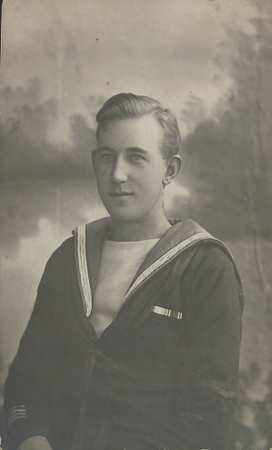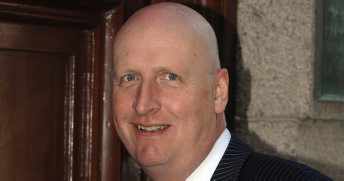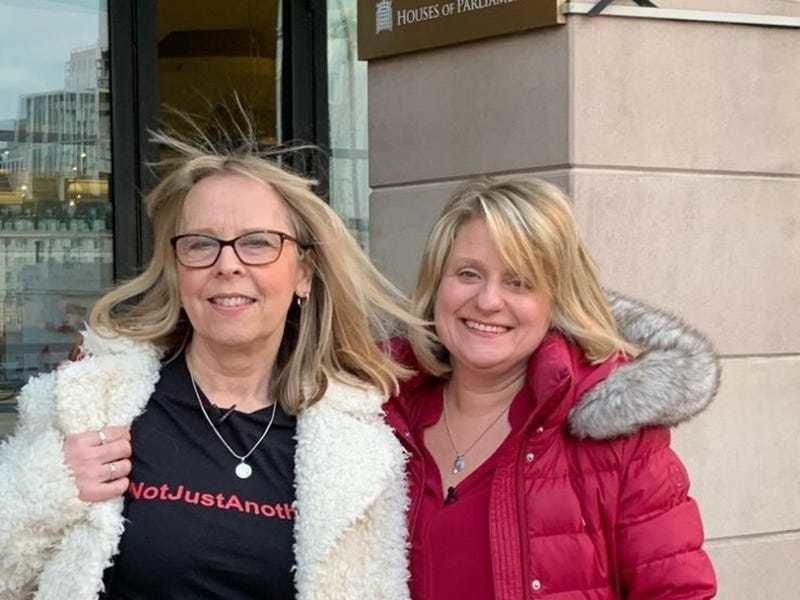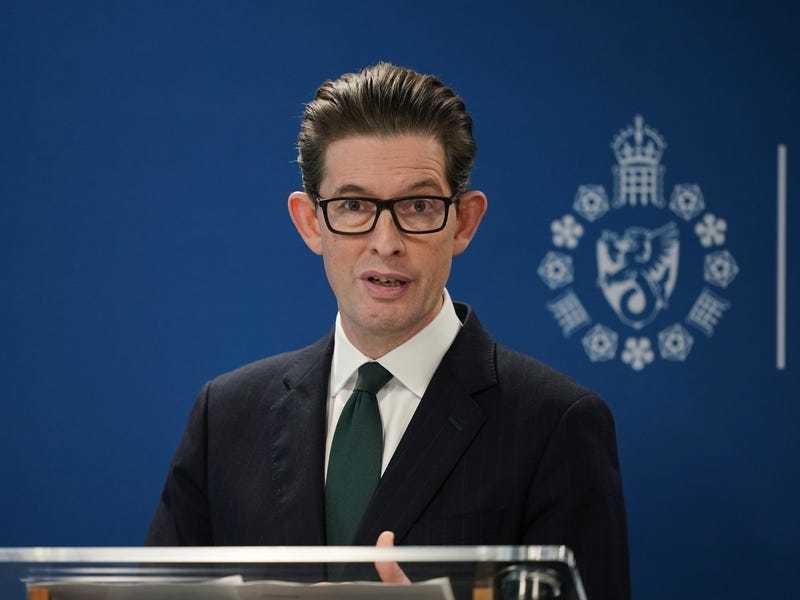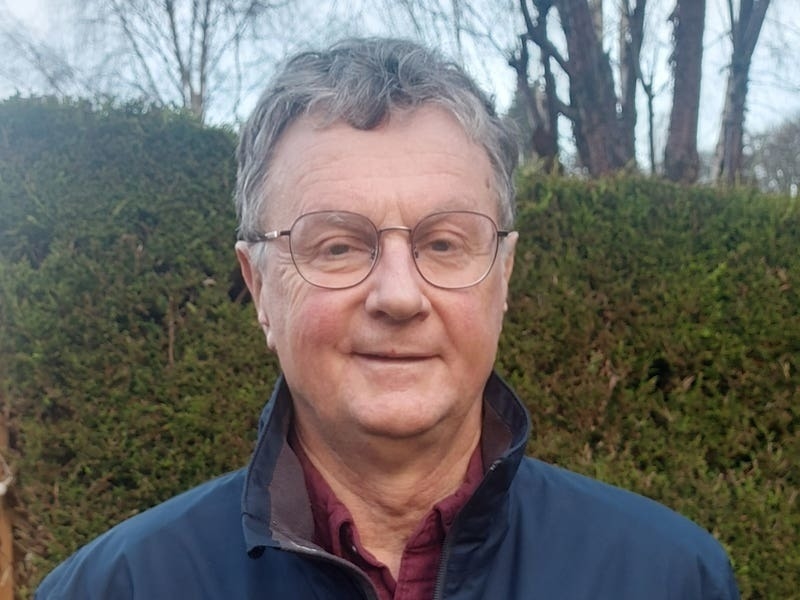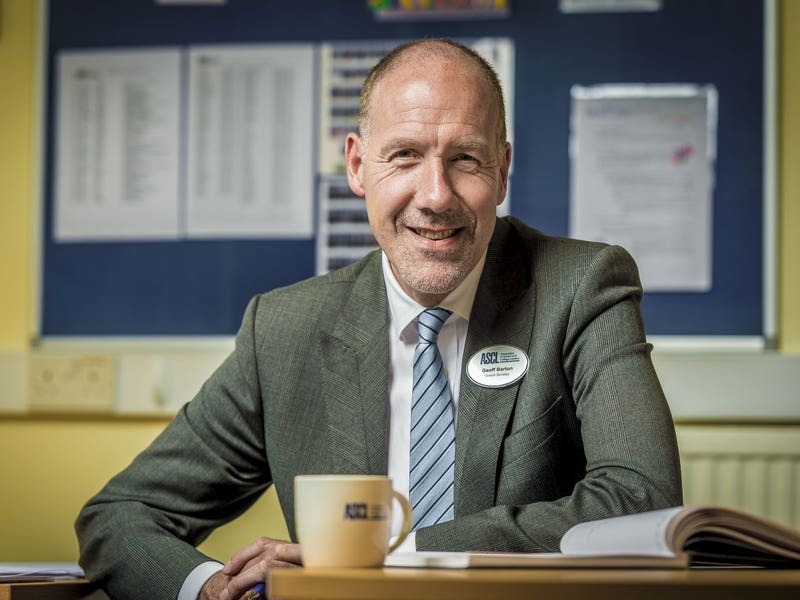AS part of the What’s Your Story? campaign, launched by the Jersey Archive to encourage Islanders to investigate their family history, the JEP has published a series about the family history of prominent Islanders.
The final articles in that series, the ancestry of Ben Shennton and Peter Mac, will be the subject of a talk in the Archive’s series to be held on Saturday at 10 am.
Anyone who wants to attend should phone the Jersey Archive on 833300 to book a place. 15 November: Senator
Ben Shenton’s and Peter Mac’s Stories: Military Men – Tracing Your Ancestor’s Service Records.
MANY individuals have ancestors who served in the military, and Jersey has a great tradition of providing soldiers to fight for the British Crown and to defend the Island against invasion. The ancestors of both Senator Ben Shenton and Channel 103 DJ Peter Mac served in the forces over a number of years.
BEN SHENTON
BEN Edward Shenton was born in Jersey in 1960. He is the son of former Senator Dick Shenton and Jill Mason, and currently sits in the States as Health Minister following a long tradition of political service in his paternal ancestry.
Ben’s grandmother, Kathleen Mary Troy, was a member of the Troy family, who went on to provide three Senators and five Deputies of the States of Jersey.
It is Ben’s military ancestors, less well known in the Island, who show another facet of his roots. Ben’s great-great-great-grandfather, Benjamin Shenton, was the first Shenton to arrive in Jersey in the 1820s. The first evidence we have of his arrival is the baptismal record of his daughter, Mary Agnes, at St Brelade’s Church in 1827. In the 1841 census Benjamin, aged 65, is listed as being an army pensioner.
Research into Benjamin’s background has revealed that he served in the Light Brigade of the 4th Dragoons from the early 19th century until his discharge from the Army in 1819. The 4th Dragoons was a cavalry regiment in the British Army and was first raised in 1685. The regiment was designated light dragoons in 1818, becoming the 4th (Queen’s Own) Regiment of (Light) Dragoons.
As a member of a light cavalry regiment, Benjamin’s missions would have primarily concerned reconnaissance, skirmishing and raiding.
During his time in the dragoons, Benjamin would have served in a number of major military conflicts. The regiment was shipped on board the Venus to Portugal in 1809 to join Wellington in the Peninsular War against Napoleonic France. It received a number of battle honours, including the battles of Talavera, Salamanca and Vitoria, before returning home in 1814. So Benjamin would have been part of this immense conflict that raged throughout Europe and he would have served with Wellington in the army that eventually defeated the French and brought peace to Europe in 1815.
On his return to England in 1814, Benjamin was shipped, with the rest of the regiment, to Dublin, and it is here, we believe, that he met his wife, Mary Bone, who was a native of the city.
The regiment moved from Dublin to Carlow and then on to Cahir, where they remained until 1819. Benjamin and Mary’s first child, also Benjamin, was born in January 1816 in New Ross.
Their second child, Maria, was born at Cahir, where the regiment was stationed. Interestingly, the movements of the regiment around Ireland are mirrored by the birthplaces of Benjamin and Mary’s children.
Benjamin left the army in 1819. Curiously, at the time he left the regiment, another Shenton, George, was placed in solitary confinement subject to court-martial. While there is no suggestion of a stain on Benjamin’s character – indeed he continued to receive his army pension for more than 40 years – we can’t help but wonder if the indiscretions of a possible Shenton relative led to his decision to leave the army.
Soon afterwards, Benjamin moved to the Channel Islands. Evidence suggests that the family first settled in Guernsey, where Benjamin’s fourth child, Henry, was born, before moving to Jersey for the birth of the fifth child, Mary Agnes, in 1827. Benjamin’s seventh child, Joseph, is Ben’s great-great-grandfather and was born in St Brelade in 1834. Benjamin senior finally died at 91 while living in Southampton.
It would appear that the family moved between Jersey and Southampton as shipwrights – all four of Benjamin senior’s sons are listed as shipwrights in various census records. The family are listed as living at Belvedere shipyard in Southampton in 1861.
Both the military and shipping roots of the family combine in Ben’s grandfather, Benjamin Henry Shenton (Benjamin senior’s great-grandson), who served in the Royal Navy during the First World War. Benjamin Henry joined up in 1913, having to lie about his age on his papers as he was only 15 at the time. He served on a number of vessels, including HMS Agincourt, and would have been onboard her when she took part in the Battle of Jutland in May 1916.
Jutland was the largest sea battle in naval history and HMS Agincourt formed part of the First Battle Squadron. Thankfully, the ship survived the conflict unscathed. Benjamin Henry went on to fight the Bolsheviks in Russia in 1918.
On his return to the Island after discharge from the Navy, Benjamin Henry became a policeman. He was still a constable during the Occupation period, and in 1944 he was imprisoned by the Troop Court for failing to surrender a wireless set and camera. He was a man known for his integrity and was commended by Judge Pinel in court in the 1920s: ‘Shenton has been conspicuous for much good work.’
He was awarded the British Empire Medal for meritorious civil service worthy of recognition by the Crown in 1956.
